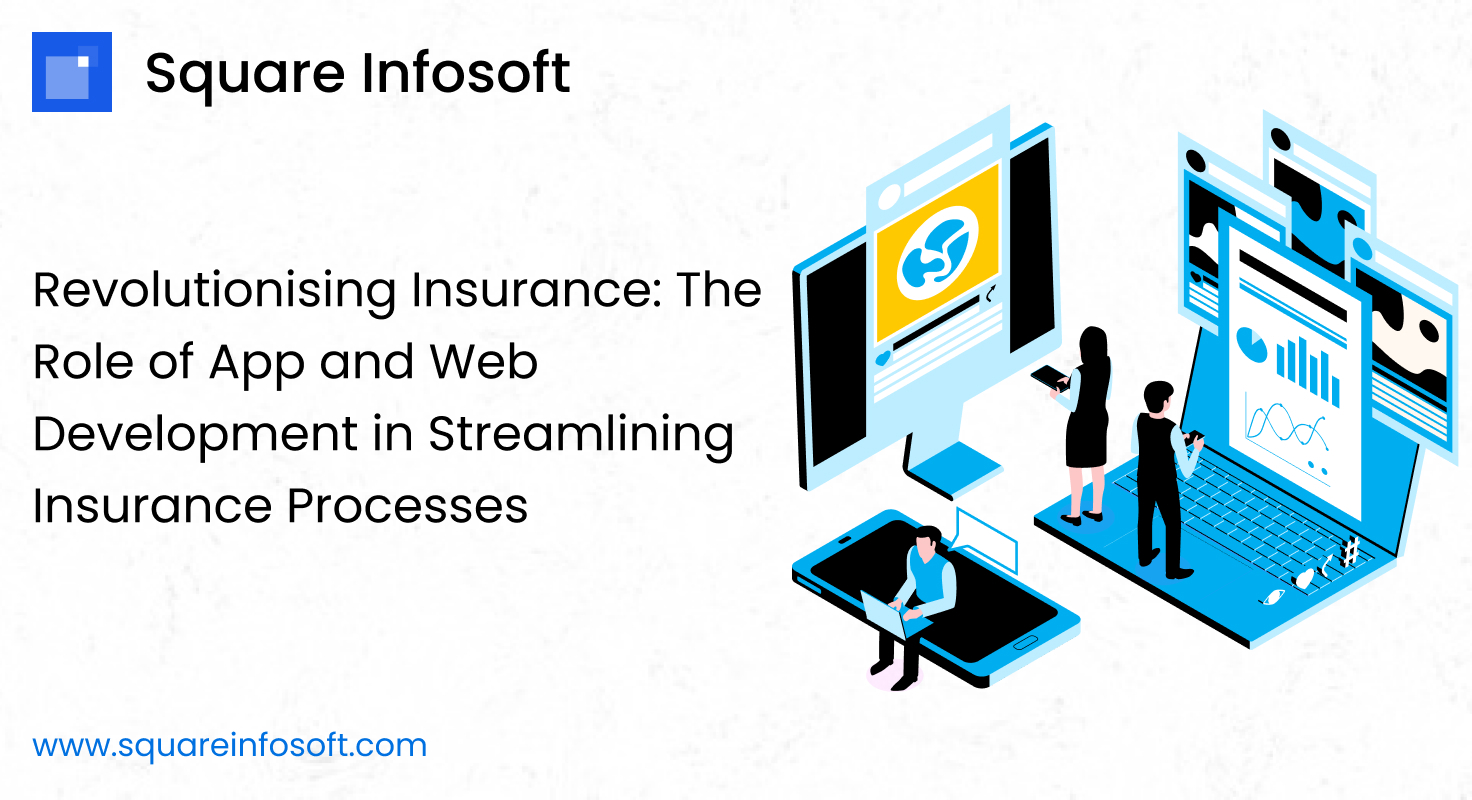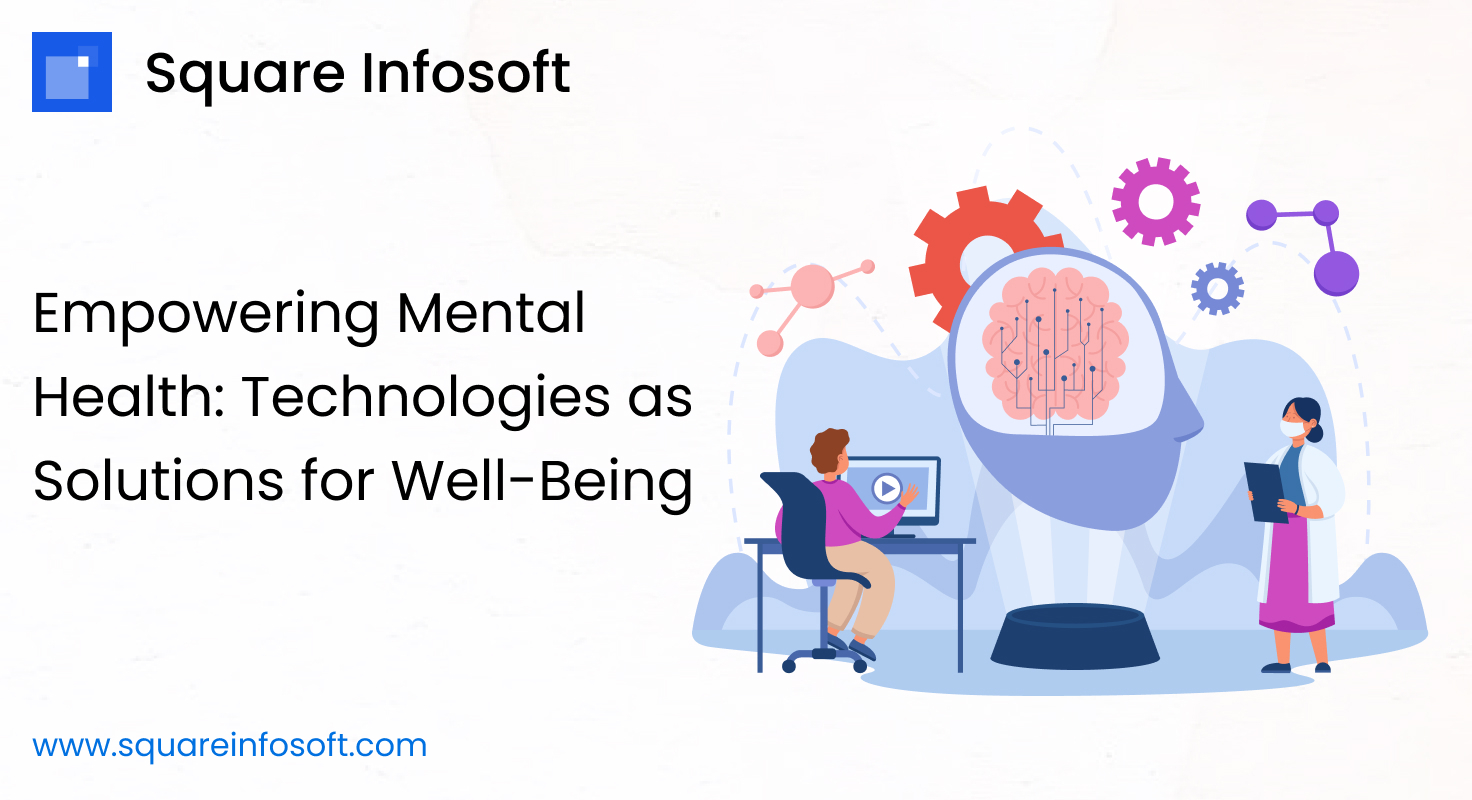Developing a fasting tracker mobile app is a project that can help users monitor and manage their fasting routines effectively. Below is a step-by-step guide to help you get started with the development of a fasting tracker app:
1. Define Objectives:
- Determine the primary purpose of your app (e.g., intermittent fasting, water fasting, religious fasting).
- Identify your target audience (e.g., individuals looking to lose weight, improve metabolic health, or track fasting for religious reasons).
2. Market Research:
- Research existing fasting tracker apps to understand their features, strengths, and weaknesses.
- Identify unique features or improvements that can set your app apart.
3. Planning and Conceptualization:
- Outline the core features of your app.
- Create a rough sketch or wireframe of the app’s user interface (UI).
4. Feature Set:
- Develop a comprehensive list of features for your fasting tracker app, including:
- User registration and profile creation.
- Fasting timer and scheduling.
- Fasting history and logs.
- Notifications and reminders.
- Progress tracking (weight, body measurements, energy levels, etc.).
- Customizable fasting plans.
- Integration with wearables (e.g., fitness trackers).
- Water intake tracking.
- Educational resources about fasting.
5. Design and User Experience (UX):
- Design an intuitive and visually appealing UI for your app.
- Ensure the design is user-friendly and responsive on various screen sizes.
- Consider incorporating fasting-themed visuals and icons.
6. Development:
- Choose a mobile app development framework (e.g., React Native, Flutter, Swift for iOS, Kotlin for Android).
- Develop the app’s core functionality, focusing on fasting tracking and scheduling features.
- Implement user authentication and data storage.
- Integrate push notifications for fasting reminders.
7. Data Security:
- Implement robust security measures to protect user data, especially if users input personal health information.
- Ensure compliance with data privacy regulations.
8. Testing:
- Conduct thorough testing to identify and fix any bugs or issues.
- Test the app on various devices and screen sizes.
- Consider beta testing with a select group of users for feedback.
9. User Support and Feedback:
- Offer customer support channels for inquiries and assistance.
- Encourage users to provide feedback and suggestions for improvement.
10. Deployment:
- Deploy the app to app stores (Apple App Store, Google Play Store).
- Prepare marketing materials, including app descriptions, screenshots, and promotional videos.
11. Marketing and Promotion:
- Develop a marketing strategy to promote your app.
- Utilize social media, content marketing, and influencer partnerships.
- Consider collaborating with fitness or wellness influencers.
12. Monetization:
- Decide on a monetization strategy (e.g., freemium with premium features, one-time purchase, ads).
- Offer a free trial period to attract users.
13. Legal Considerations:
- Ensure compliance with data protection and privacy regulations.
- Protect your intellectual property with proper copyrights and trademarks.
14. Updates and Maintenance:
- Regularly update the app to support new OS versions and devices.
- Incorporate user feedback and add new features or improvements.
Developing a fasting tracker app requires a user-focused approach, attention to detail, and responsiveness to user needs and preferences. As users increasingly adopt fasting routines for health and wellness reasons, a well-designed fasting tracker app can be a valuable tool in their journey.



